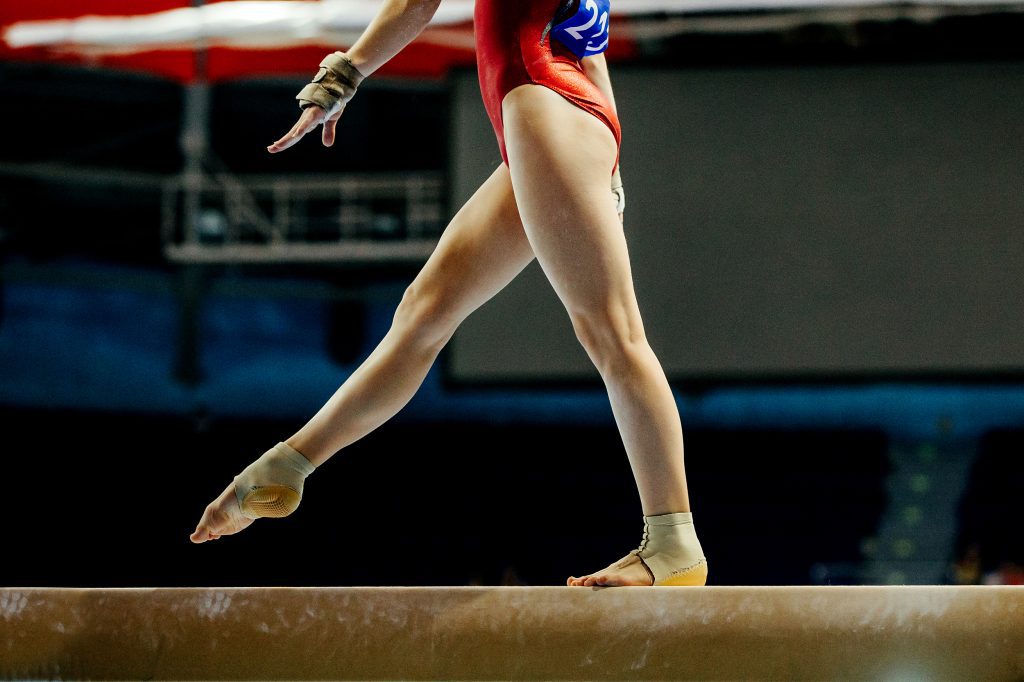How Gymnastics Is Scored
It takes someone knowledgeable about scoring in gymnastics not to get confused about what makes a gymnast win or lose a game. In the past, the perfect 10 scoring system used to be the standard for awarding points to gymnasts, but a lot has changed since introducing a more complex scoring system.
The current scoring system awards both the D or Difficulty score and the E or Execution Score. This means that a gymnast is going to be scored based on the difficulty of a routine and the execution of the routine.
The execution score still maintains the perfect 10 scoring system, which awards gymnasts the creativity and technique displayed when performing each element in a given routine. Although it usually starts from 10.00, the execution score is designed to make deductions for errors committed by gymnasts in their routines. So, errors like falls, bent arms, legs, etc., could be reasons for deductions from the execution score (10.00).
The method of scoring for the difficulty score is a different one. It considers the most difficult moves demonstrated by gymnasts during their routine, and specific points are awarded. With every element having a specific skill level, there are also specific point values for each skill level. For example, 0.1, 0.2, 0.3, 0.4, 0.5, are point values for A-level, B-level, C-level, D-level, and E-level skill, respectively. There are also bonus points for successful skills displayed by gymnasts.

However, the final score for each gymnast is determined by adding both the execution score and difficulty score together.
